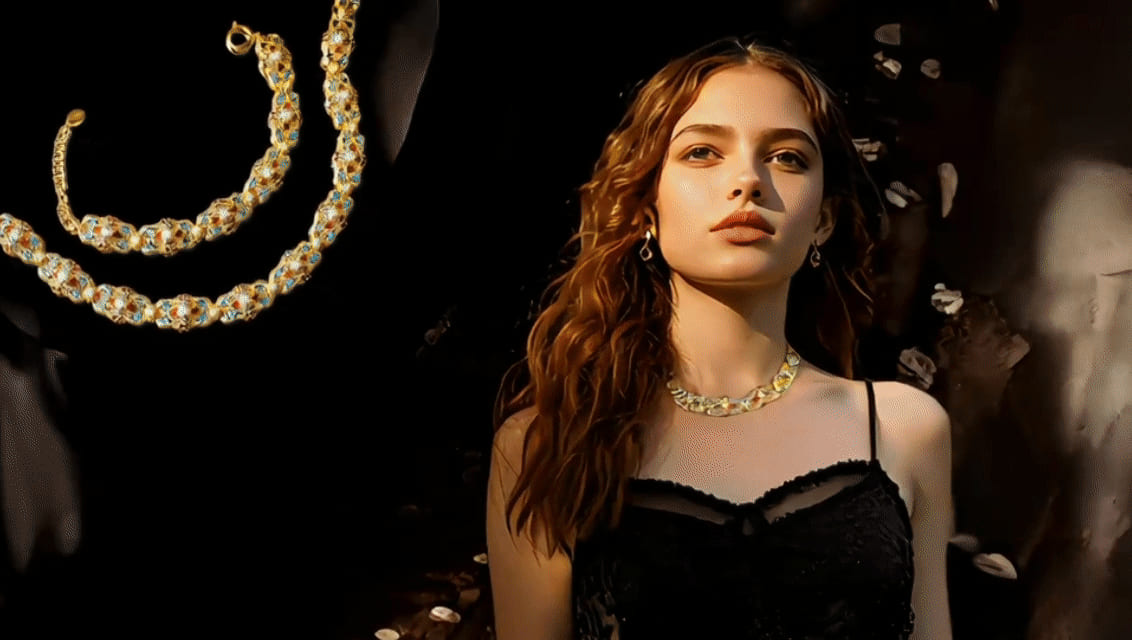Vintage Jewerly Blog
Why Does Every Woman Deserve a Crown Necklace?
When we talk about crowns, the first thing that comes into our mind is the golden crown on the king/queen, the coronation ceremony under the dome of the church or the diamond crown on a princess in the fairy tale. So, when you wear a crown necklace with gems, do you know what you touch is more than jewelry?
It is a scepter engraved by millennia of civilization. From Cleopatra’s gold tiara to Princess Diana’s pearl crown, the crown element has spanned thousands of years. It has always been the most poetic expression of female power. Meanwhile, behind these dazzling jewels lies the history of women’s long-time struggle for the right to speak for themselves.
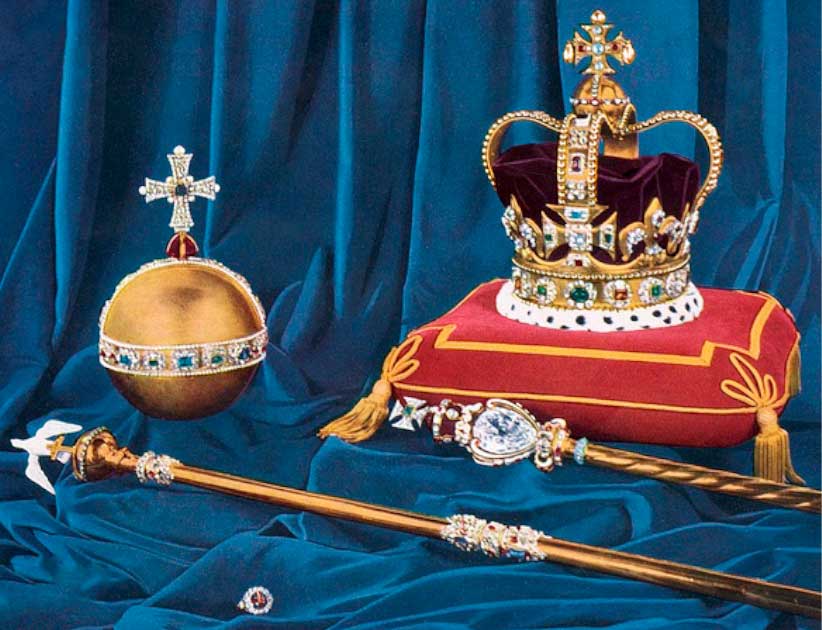
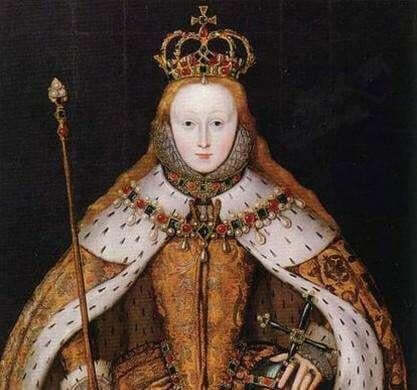
Queen Elizabeth I
1. The European Crown: Power, imprisonment, and Women’s Hidden Struggle
In Europe, the crown jewelry was a symbol of divine and male power. Julius Caesar in ancient Rome wore a gold laurel crown, with ‘Divus Iulius’ engraved on each fold of the blade. It symbolizes that he was the Chosen One.
At the coronation of medieval monarchs, bishops blessed the crown with Holy oil, as if the legitimacy of power could only come from God. God’s voice, however, was always conveyed by men.
And women were excluded. The dark medieval era regarded women as the wearer of the crown, not the owner by default.
Even Queen Elizabeth I of England, the greatest monarch of the 16th century, had to be crowned by the Archbishop of Canterbury. Even though the crown was set with 444 pearls and jewels, the moment it touched her head, it still suggested that ‘power is borrowed.’
2. The awakening of women’s self-consciousness
However, women have never been silent, and their self-awareness has gradually awakened and fought against injustice and fate through jewelry.
In the 15th century, Margaret, Duchess of Burgundy, wore a pearl bandeau with pave-set diamonds that spelled out the family coat of arms, which was actually a declaration of inheritance to her husband’s domains.
In the 18th century, the famous Queen Mary of France’s diamond necklace, which sparked a revolution, was in fact a weapon of defiance against the rules of the court with her extravagant lifestyle.
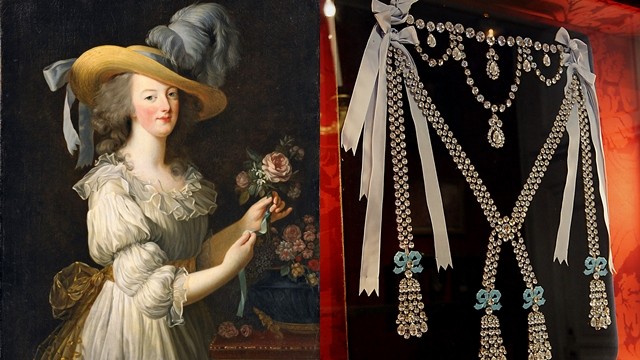
Queen Mary and her diamond necklace
3. The Crown Jewelry Moved from Head to the Neck
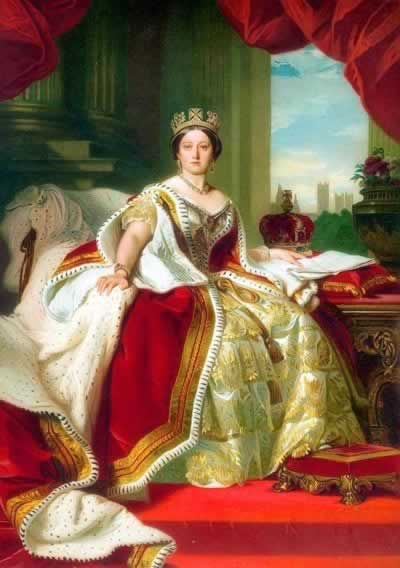
Queen Victoria
It wasn’t until the time of Queen Victoria that the significance of the crown jewelry was completely rewritten.
The 4.9ft tall woman ruled the Great Britan wearing an imperial crown set with 3,400 diamonds.
Even after the death of her husband, she insisted on wearing a black agate necklace to attend the state – she used jewelry to announce to the world that a woman’s authority did not need to be dependent on marriage or a man.
If you regard the traditional crown jewelry as a given privilege, wearing the self-given crown necklace is a reawakening of oneself.
When men put their crown symbol, which represents gender hegemony, on the top of their head. Women choose to put the declaration of themselves close to their heart and let the heart lead them to find themself. The square inch from neck to head becomes the battleground for defining identity.
4. History secrete in the necklace
In the Renaissance, the noble women of Italian could not wear crowns, but they wore family badges in pendants. One of the most famous is the Golden lily necklace of the Medici family, which seems to say, “My blood is my crown.”
In Victoria, people believe the hair of dead people has a divine property that can keep people’s souls. So, the hair of the deceased was placed in brooches, earrings, bracelets, rings and other pieces of jewelry to represent their immortality.
That’s why widows wore the pendant necklace containing the hair of their deceased husbands. It seemed like they were mourning their dead husbands, but in fact, they were using the jewelry as a contrast to keep the inheritance and rights. This hair is a code for the economic independence of women in the 19th century.
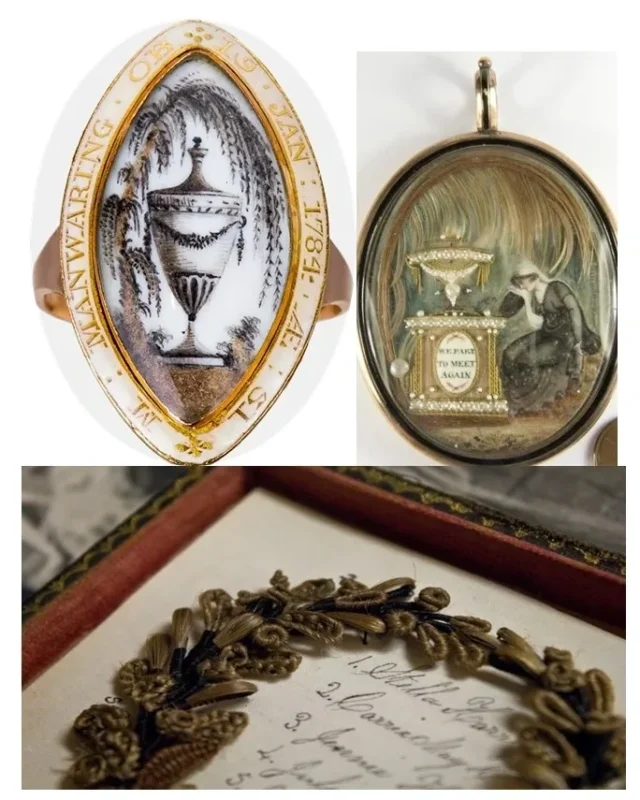
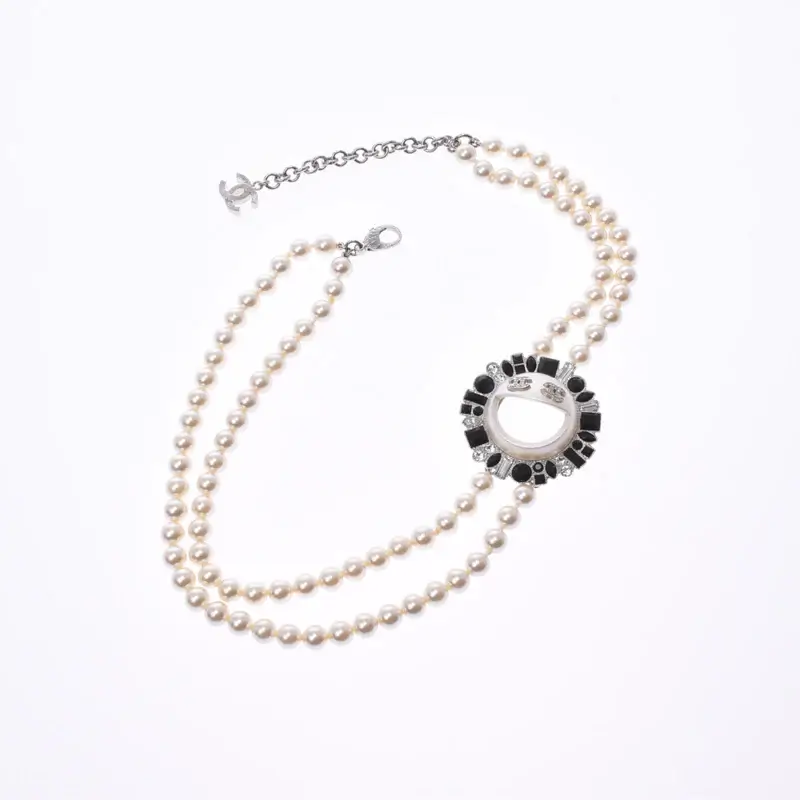
When it came to the 1920s, Coco Chanel broke the aristocrat’s myth of the natural gemstone by designing long necklaces stacked with artificial pearls. Since then, pearls have become a symbol of elegance and confidence. Therefore, crown jewelry should not prove who you are married but who you are.
A more radical statement came in Berlin in the 1970s, when artist Rebecca Horn created a chain necklace with miniature typewriters and paintbrushes hanging from the end. She uses this form of artistic creation to fight against traditional society. “They want to lock women’s hands? Then let shackles become weapons.”
5. For all of us: Why do we need a crown necklace today?
The crown necklace is more than an accessory, and it can also convey emotion and attitude toward the world. Self-coronation through the crown necklace is not only a myth about jewelry but also a revolution about self-perception.
Society is always trying to put an invisible lable on us and replace our names with many kinds of titles. But our value and need are always hidden under layers of labels, loney and tiny. But a crown necklace chosen by yourself can wipe off the labels gently and firmly, which can not only enhance your appearance but also strengthen your inner power. Love yourself and affirm yourself.
Mexican artist Frida Caro knows this well. She woven a crown necklace of thorns with a dead hummingbird hanging from her chest. As blood stained her collar, she said, ‘Pain is my crown, vulnerability is my scepter.
Give yourself a private coronation without waiting for anyone’s approval. The moment you put on the crown necklace, you are your own queen.
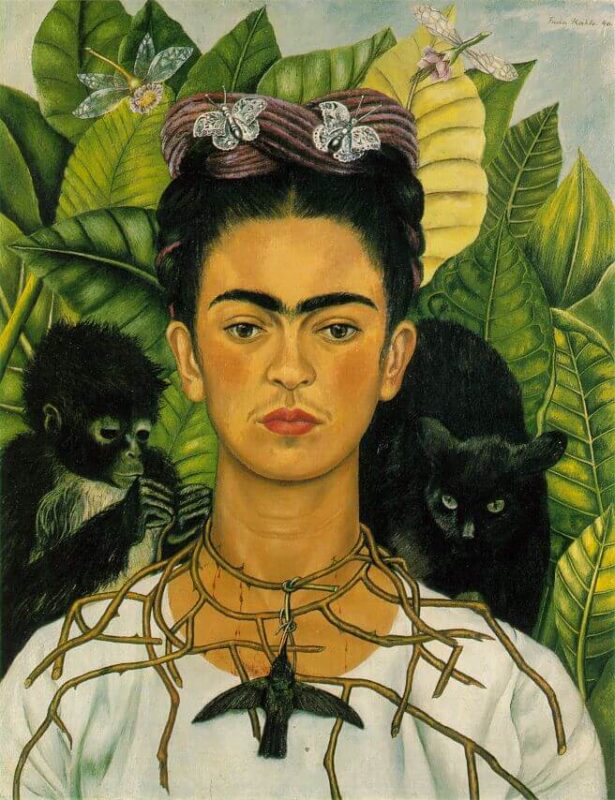
We pick this self-coronation crown necklace for every gentle and determined you.
Every part of this vintage self-coronation necklace is like a delicate hollow-out crown. The combination of modern hollow-out and classical patterns allows the sunshine to come out freely. Just like you, the wearer of this crown jewelry who respects the tradition and is not tied down. On the top of every crown is a delicate manmade pearl, adding a sense of grace and nature to the necklace itself. We don’t want to design jewelry that looks very expensive but a token that reminds you how precious you are. The deisgner catchy said. So why not treat yourself to an intimate coronation with this necklace?
Conclusion
From European courts to modern streets, crown necklaces has never been just about aesthetics. It is a code map painted by women over centuries, which guides us to a promising land of self-empowerment. So please remember, the true self-coronation does not lies on the wight of gemstone but in the courage to say to yourself:”I am worthy of all the glory.”

